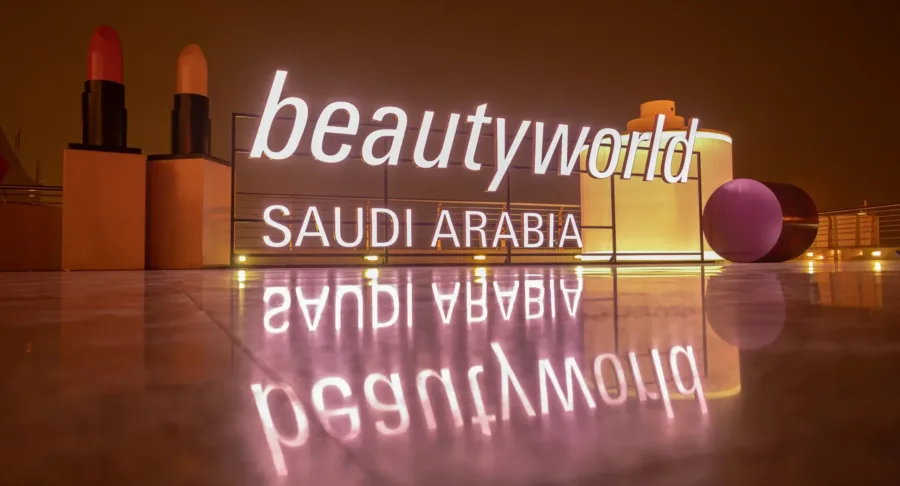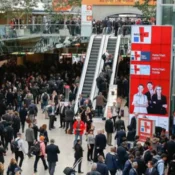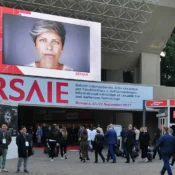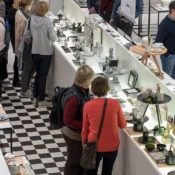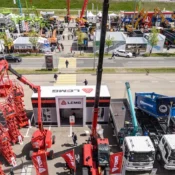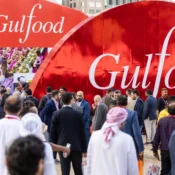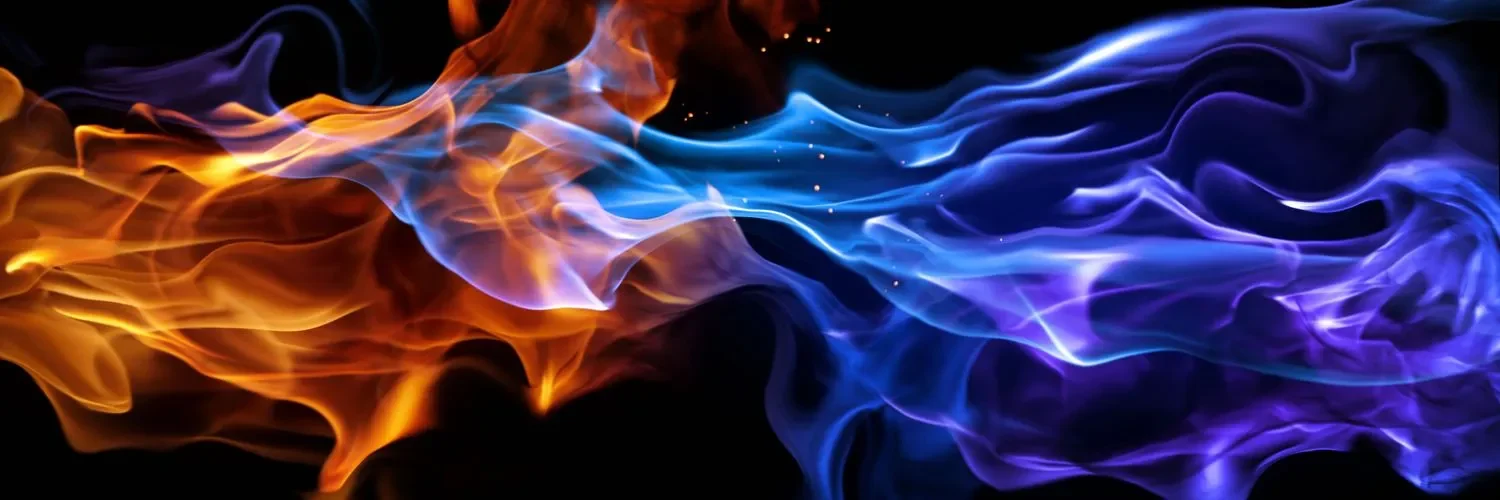
Stand Design for Expo
29 Jan
05 Jan
Grow your business in TradeShows with Dixi
Stand Design for Expo: Exhibition stands are important areas where brands showcase their products and services, meet with the target audience and promote their brand. A successful fair stand stands out with its remarkable design, functionality and accurate reflection of the brand identity. Here is detailed information about the fair stand design, construction and application process:
Application Process
Before preparing your exhibition stand, you should follow the following steps:
- Fair Selection: Determine the fair you will attend. The target audience and sector of the fair should be suitable for you.
- Space Reservation: The stand area is rented by applying to the organizer to participate in the fair. The space size and location directly affect your stand design.
- Purchase of Technical Specifications: The organization company provides the necessary technical specifications for the stand design (area dimensions, electrical capacity, height limits, etc.).
- Design Approval: You need to get approval by submitting your stand design to the organization. Designs without approval are usually not accepted to the exhibition area.
Types of Stands
- Modular Stands: Portable, economical and reusable. It is usually made with aluminum frames and panels.
- Special Design Stands: They are designed specifically for the brand identity. It attracts attention with its original design, but the cost is high.
- Maxima System Stands: Similar to modular stands, but has a more durable and aesthetic structure.
- Wooden Stands: They offer a special aesthetic, are usually preferred by luxury brands.
The Design Process
- Determination of Needs: Needs such as product display, storage, meeting space are clarified.
- Brand Identity: Elements such as colors, logo and graphic design should reflect the brand in the best way.
- 3D Visualization: 3D modeling is performed to see the stand design in advance. This stage accelerates requests for changes.
Functionality: A clear layout should be created to facilitate visitor traffic.
Stages of Construction
- Material Selection: According to the design, materials such as wood, MDF, plexi, aluminum, glass, fabric and LED light are preferred.
- Production: The stand is produced in workshops in accordance with the design. The wooden and metal parts are cut, painted and prepared for installation.
- Logistics: All the parts are transported to the exhibition area. Installation is carried out by installation teams.
- Installation and Testing: Electrical systems, lighting, multimedia devices and other details are installed and tested.
Materials Used
- Wood and MDF: They are durable and aesthetic options for special designs.
- Aluminum: Lightweight and durable, preferred in modular systems.
- Glass and Plexi: Provides transparency and a modern appearance.
- Fabrics: Can be used for digital printing, are portable and lightweight.
- LED Lights: Can be used in different colors for a stunning look.
Important Details
- Lighting: It should be planned in such a way as to bring your products to the forefront. LED spotlights, strip lights and colored lighting can be preferred.
- Digital Screens: Can be used for presentations, videos and interactive content.
- Graphics: The brand logo, slogans and visuals should be placed effectively on the entire stand.
- Furniture and Accessories: Areas should be created where visitors can sit comfortably and get information.
After The Fair
- Disassembly and Storage: The stand is dismantled after the exhibition and the parts suitable for reuse are stored.
- Recycling: Disposable materials should be recycled in an environmentally friendly way.
A successful fair stand design offers a professional image as well as making your brand stand out. For this reason, it is important to work with an expert design and production team.
You can choose!
Expos by sector
Agriculture (2)Automotive (8)Building (11)Carpet (1)Ceramic (2)Construction (11)Cosmetic (6)Decoration (6)Dental (4)Electronics (3)Energy (5)Entertainment (2)Fabric (2)Food (25)Foundry (1)Furniture (10)Glass (1)Handicraft (1)Hardware (1)Home Textile (4)Industry (4)Iron (3)Kits (1)Laboratory (2)Leather (1)Lighting (2)Medical (11)Metal (18)Natural (2)Packaging (2)Paper (1)Pipe (1)Plastic (5)Real Estate (1)Retail (1)Security (1)Shoes (1)Sports (3)Steel (4)Stone (2)Telecommunication (3)Textile (14)Water (1)Wire (2)Yarn (1)
Locations
Abu Dhabi (2)Atlanta (1)Bangkok (2)Barcelona (6)Berlin (4)Birmingham (1)Bologna (4)Cannes (2)China (5)Cologne (13)Dubai (19)Dusseldorf (15)England (4)France (10)Frankfurt (8)Germany (56)Guangzhou (1)Hannover (6)Istanbul (21)Italy (13)Kenya (2)Krasnogorsk (1)Las Vegas (3)London (3)Mexico (1)Milano (7)Moscow (14)Munich (6)Nairobi (2)North Carolina (1)Nürnberg (2)Paris (8)Riyadh (5)Russia (13)Saudi Arabia (5)Seoul (1)Shanghai (4)South Korea (1)Spain (6)Stuttgart (3)Thailand (2)Turkey (21)United Arab Emirates (21)USA (6)Verona (1)


